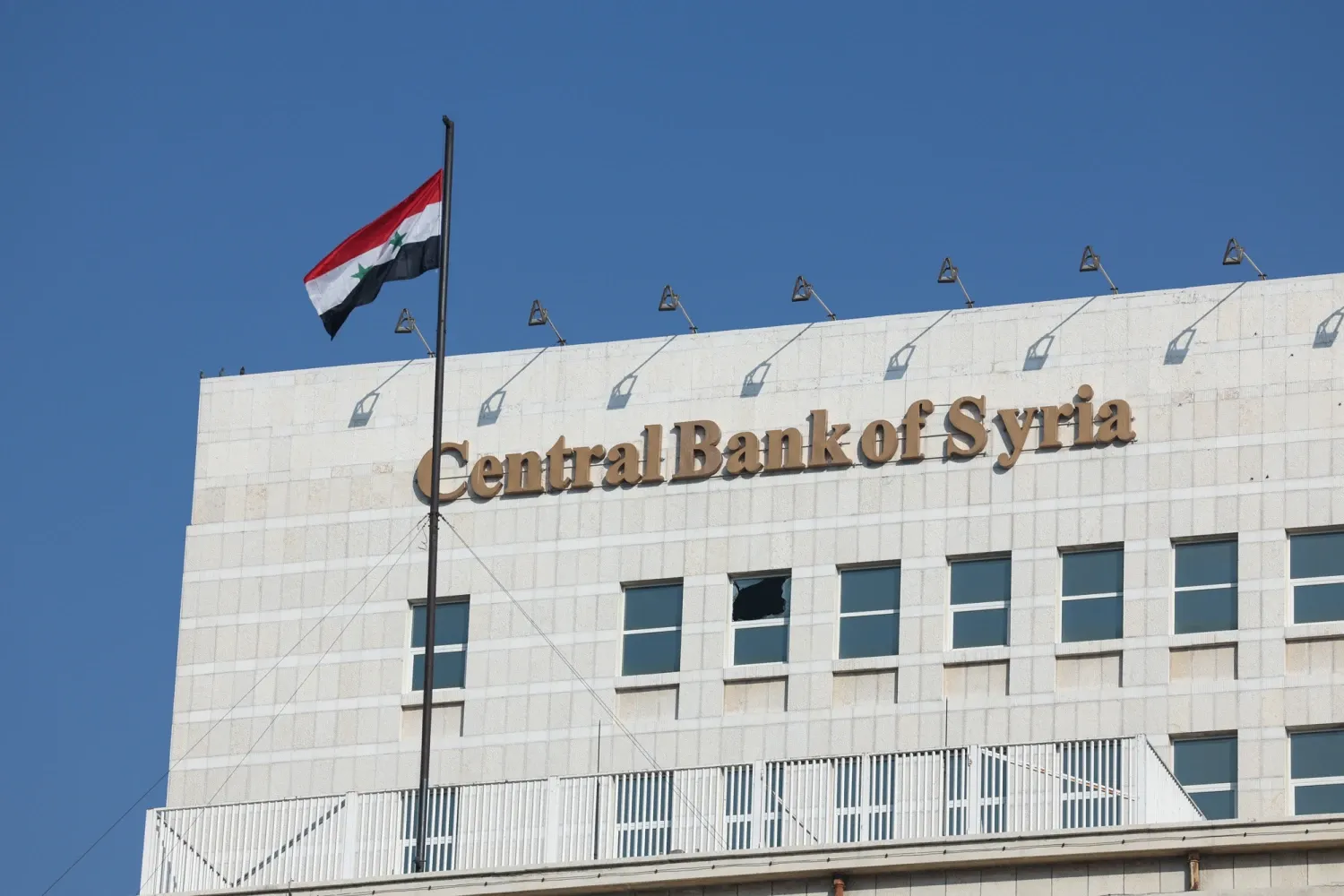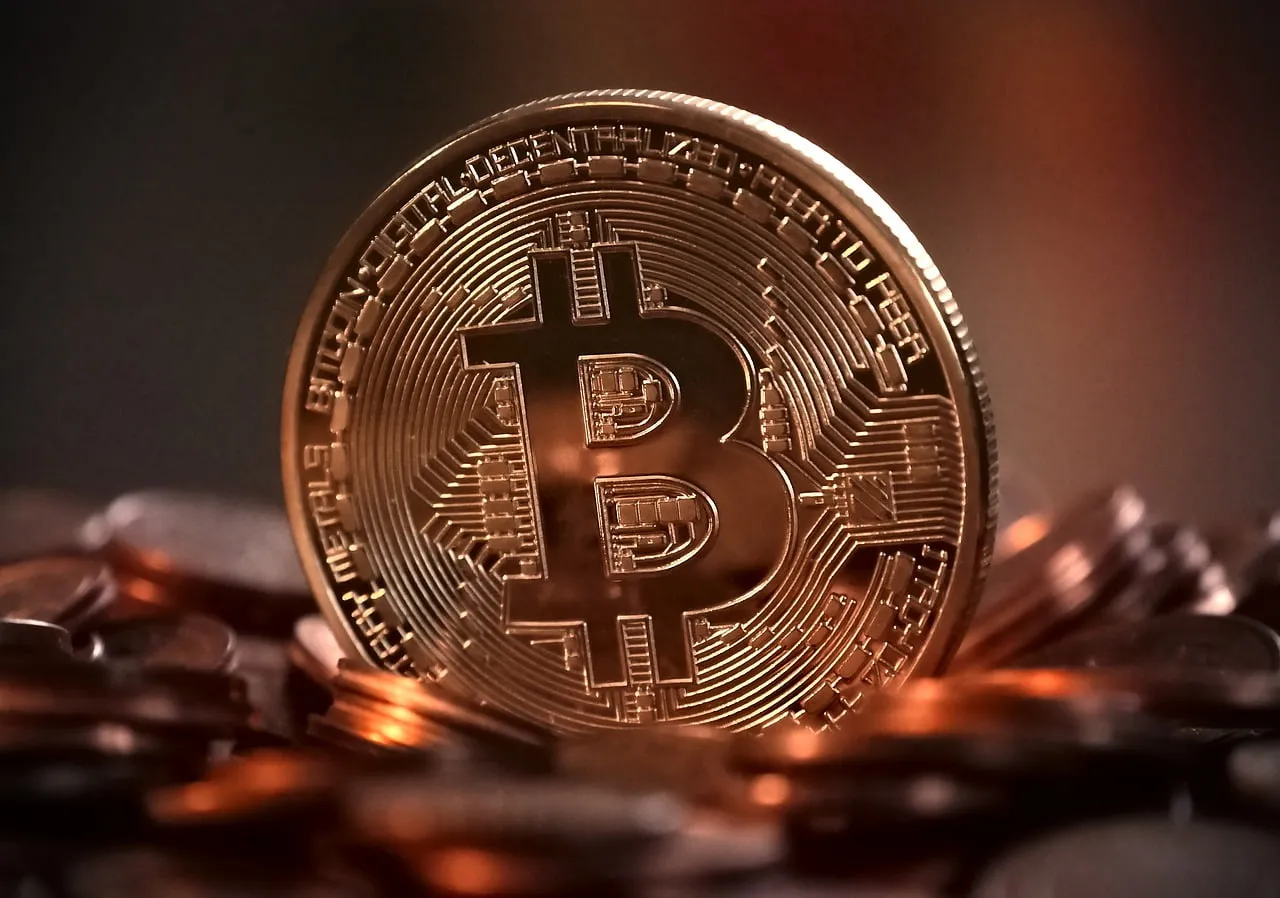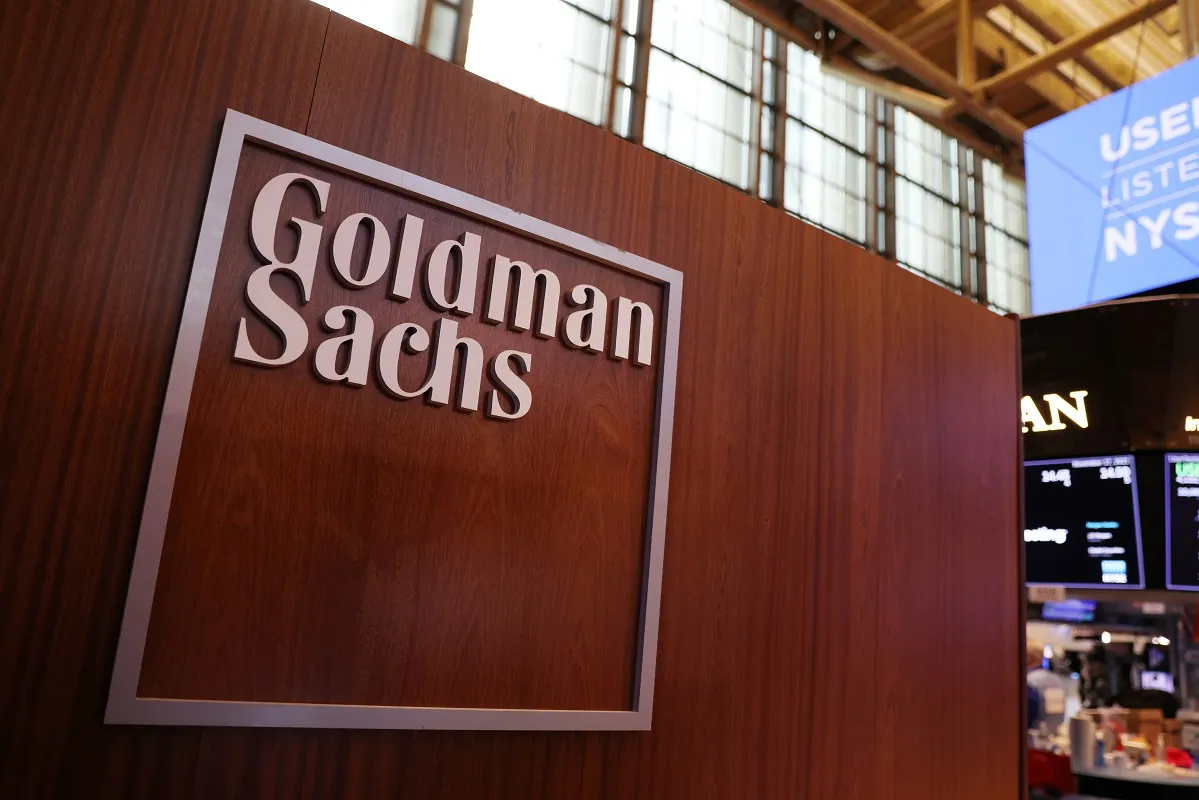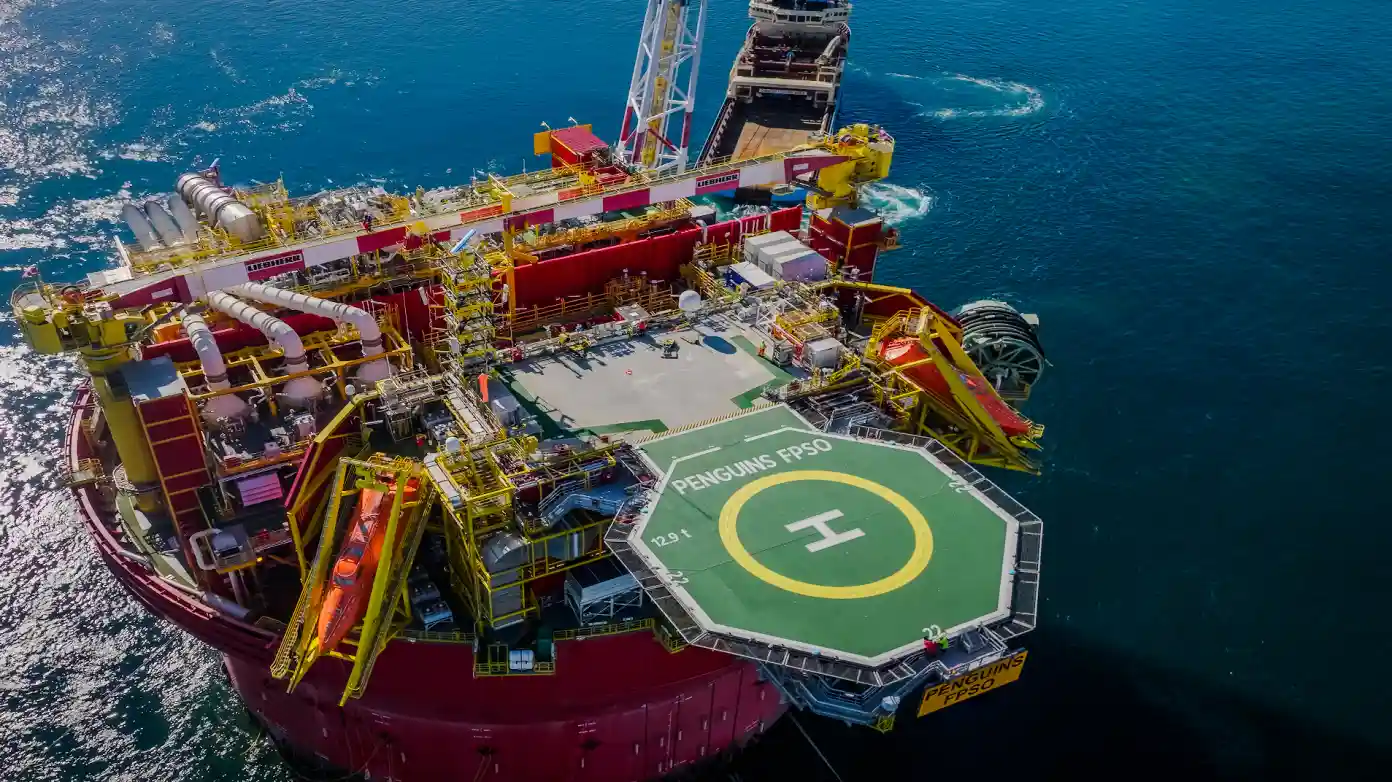The Syrian economy, devastated by over a decade of conflict, stands at a critical juncture. On Monday, the World Bank offered a glimmer of hope, projecting a modest 1% growth in Syria’s Gross Domestic Product (GDP) for 2025. This forecast follows a contraction of 1.5% in 2024, signaling a potential, albeit fragile, turning point for the war-torn nation. The international lender attributes this cautious optimism to increased regional engagement, particularly from Türkiye and some Gulf states, coupled with the recent easing of international sanctions. These factors, the World Bank suggests, could facilitate recovery and attract much-needed investments.
However, the path to recovery remains fraught with challenges. While the easing of sanctions offers “some upside potential,” the World Bank’s “Syria Macro Fiscal Assessment 2025” report underscores that progress is still limited. Frozen assets and restricted access to international banking continue to impede vital energy supply, foreign assistance, humanitarian support, and broader trade and investment. The report takes stock of Syria’s recent economic trajectory amidst the ongoing political transition and persistent regional instability, providing a crucial, albeit rare, snapshot of the country’s economic health.
A Decimated Economy: The Legacy of Fourteen Years of Conflict
The scale of economic devastation in Syria is staggering. Fourteen years of relentless conflict, ignited in 2011 by pro-democracy protests against the Bashar al-Assad regime, have systematically dismantled the nation’s economic fabric. The World Bank report starkly recalls that Syria’s GDP has cumulatively contracted by more than 50% since 2010. Other analyses paint an even grimmer picture, with some estimates suggesting an 85% contraction during the civil war, reducing the economy from $67.5 billion in 2011 to just $9 billion by 2023, according to a DW report.
The conflict’s impact extends far beyond mere economic figures:
- Infrastructure in Ruins: Essential infrastructure, including electricity grids, transportation networks, and health systems, has been decimated. Major cities like Aleppo, Raqqa, and Homs have suffered widespread destruction, turning once-bustling urban centers into rubble. The United Nations Development Programme (UNDP) estimates that 70% of power plants have been damaged, leading to a 75% reduction in national electricity grid capacity, and 80% of energy capacity has been lost since 2010 (UNDP Syria report).
- Hyperinflation and Plummeting Purchasing Power: The Syrian pound has undergone a catastrophic devaluation, leading to hyperinflation that has eroded the purchasing power of ordinary citizens. A report from the Syrian Center for Policy Research (SCPR) in June 2024 indicated that the consumer price index (CPI) had doubled compared to the previous year, pushing more than half of Syrians into abject poverty.
- Widespread Poverty and Humanitarian Crisis: The human cost is immense. The UNDP estimates that 90% of Syria’s population now lives in poverty, with 66% experiencing extreme poverty. This has resulted in a dire humanitarian crisis, with 75% of the population requiring humanitarian aid, including basic necessities like healthcare, education, employment, food security, water, energy, and shelter (Middle East Monitor on Syria’s economy).
- Decimated Economic Pillars: The two main pillars of the Syrian economy—oil and agriculture—were severely impacted. While Syria’s oil exports accounted for about a quarter of government revenue in 2010, the Assad regime lost control of most of its oil fields to various armed groups. International sanctions further restricted the government’s ability to export oil, leading to heavy reliance on imports.
- Natural Disasters: Compounding the conflict’s toll, a devastating earthquake in February 2023 added another layer of misery, killing thousands and affecting nearly half the population.
The UNDP warns that at current growth rates (estimated at 1.3% annually over the past five years), Syria’s economy would take a staggering 55 years to return to its pre-conflict GDP levels. Achieving recovery within 10 years would require an annual economic growth rate of 7.6%, highlighting the monumental task ahead.
Bridging Information Gaps: The World Bank’s Assessment
One of the most significant challenges in understanding Syria’s economic situation is the extreme scarcity and unreliability of economic data. Years of conflict, fragmented control, and a lack of institutional capacity have made it incredibly difficult to gather accurate and timely statistics. As Jean-Christophe Carret, World Bank Middle East Division Director, stated, “Economic data for Syria is extremely scarce and hard to come by. This macro-fiscal assessment bridges critical information gaps and provides an important foundation for policy dialogue to revitalize economic growth and bring prosperity to Syria.”
The “Syria Macro Fiscal Assessment 2025” aims to provide an evidence-based foundation for policy-making. By taking stock of Syria’s recent economic trajectory, it highlights the severe erosion of the economic base, chronic fiscal pressures, the profound impact of sanctions, conflict-driven disruptions, and the rise of informality and illicit economic activities since 2011. This assessment is crucial for both the new Syrian government and international partners to formulate effective recovery strategies.
The Double-Edged Sword of Sanctions: Easing and Lingering Obstacles
The fall of Bashar al-Assad’s long-time rule late last year marked a significant political transition, immediately followed by the easing of some key international sanctions. Both the United States and the European Union have taken steps to lift certain restrictions, aiming to facilitate economic revival and recovery.
Easing of Sanctions:
- United States: President Donald Trump signed an executive order in June 2025, ending many U.S. economic sanctions on Syria. This move, following a pledge to the country’s new interim leader, Ahmed al-Sharaa, is designed to “promote and support the country’s path to stability and peace” and “end the country’s isolation from the international financial system,” according to a report by the Associated Press. This executive order also lifted the national emergency outlined in a Bush-era executive order and five other previous executive orders related to Syria.
- European Union and United Kingdom: The EU and UK have also followed suit, lifting nearly all remaining sanctions against Syria, particularly those targeting the energy sector (oil, gas, electricity supply and production), certain import and export restrictions (e.g., Syrian banknotes, jet fuel, some precious metals), and various financial services measures (e.g., insurance, dealings with Syrian public bonds). Cargo flights by Syrian carriers can now access EU and UK airports, and several state-owned entities, including the Central Bank of Syria and Syrian Arab Airlines, have been delisted from asset freeze lists. Details on these changes are provided by White & Case LLP.
Remaining Obstacles:
Despite these significant steps, the World Bank report cautions that progress remains limited due to lingering restrictions:
- Targeted Sanctions: The U.S. has not rescinded sanctions imposed on Bashar al-Assad, his top aides, family members, and officials involved in human rights abuses or illicit programs. The major set of sanctions passed by Congress, known as the Caesar Act, which targets anyone doing business with or offering support to Syria’s military or intelligence institutions, also remains in place, though temporary waivers have been granted. The U.S. still designates Syria as a state sponsor of terrorism, and the group led by al-Sharaa (Hayat Tahrir al-Sham, HTS) as a foreign terrorist organization, which complicates full normalization.
- Frozen Assets and Banking Restrictions: A significant challenge is the continued freezing of Syrian assets abroad and restricted access to the international banking system. This severely hinders the country’s ability to conduct normal trade, receive foreign assistance, and facilitate humanitarian support, as financial institutions remain wary of potential secondary sanctions.
- Impact on Key Sectors: These lingering restrictions directly impact energy supply (making oil imports difficult and costly), limit the flow of foreign assistance (beyond emergency humanitarian aid), and deter large-scale trade and investment, which are crucial for reconstruction.
The complex web of remaining sanctions means that while the door to engagement is opening, significant financial and logistical hurdles persist, preventing a full-scale economic revival.
The New Government’s Vision: Reforms for Stability and Growth
The political transition in Syria, marked by the fall of Bashar al-Assad, has ushered in a new interim government with an ambitious agenda for economic reform. The World Bank highlights that this new administration “has recently taken measures to unify the country’s macroeconomic, fiscal, and monetary policies, focusing on good governance of public funds and sound fiscal and monetary management.”
Key Policy Directions:
- Macroeconomic, Fiscal, and Monetary Unification: After years of fragmented control and disparate economic policies across different regions, the new government is prioritizing the unification of these critical policy levers. This includes efforts to stabilize the Syrian pound, which had plummeted under the previous regime. The Central Bank of Syria, under Governor Abdulkader Husrieh, plans to adopt a unified exchange rate before transitioning to a managed float system, aiming to eliminate the role of unauthorized money changers and reconnect to the global financial system via SWIFT (Arab News report).
- Good Governance of Public Funds: This is a central pillar of the new administration’s approach. It involves implementing measures to enhance transparency, reduce corruption, and ensure accountability in the management of public finances. The emphasis on “good governance” signals a departure from past practices that led to widespread embezzlement and illicit financial flows.
- Attracting Foreign Investment and Aid: Recognizing the immense capital needed for reconstruction and economic recovery, the government is actively working to attract foreign investment and aid commitments. Finance Minister Yisr Barnieh, appointed on March 29, 2025, brings a background from international financial institutions like the Arab Monetary Fund and played a role in establishing the Damascus Securities Exchange. His policy priorities include digitizing government transactions for efficiency and transparency, strengthening collaboration with civil society organizations, enhancing public-private partnerships, and reviewing/restructuring public debt strategies.
- Privatization and Easing Restrictions: The new government is also reportedly implementing reforms such as privatizing state-owned firms and easing import restrictions to stimulate economic activity.
Minister of Finance Yisr Barnieh expressed strong optimism, stating, “Syria today is a land of opportunities, with immense potential across every sector. The government is actively driving reforms to deliver real results and visible progress on the ground.” He acknowledged the “enormous economic challenges, including from sanctions,” but emphasized that the report “provides important data and analysis that supports evidence-based policy making. We are very optimistic and confident that our economy will soon achieve higher growth and resume a path of sustainable development.”
Regional Engagement: A Catalyst for Recovery
Increased regional engagement, particularly from Türkiye and some Gulf states, is highlighted by the World Bank as a significant upside potential for Syria’s recovery. These regional players are not merely observers; they are actively seeking to re-establish ties and contribute to the country’s stabilization and economic revival.
- Türkiye’s Role: Türkiye, sharing a long border with Syria, has a vested interest in its stability. Turkish firms are reportedly seeing “big opportunities” in Syria amid sanctions relief, indicating potential for cross-border trade and investment (Daily Sabah report). This engagement could involve reconstruction projects, trade partnerships, and support for various sectors.
- Gulf States’ Investment: Gulf Arab monarchies, with their vast financial resources and ambitious economic diversification plans (e.g., Saudi Arabia’s Vision 2030), are keen to promote stability in the wider Middle East. While previously hesitant due to stringent US and Western sanctions, the easing of these restrictions has opened doors for their involvement. The United Arab Emirates (UAE), known for its infrastructure development expertise, is particularly active. For instance, DP World, owned by the UAE, has reportedly replaced a Russian conglomerate in managing the port of Tartus, investing $800 million to develop and operate a multipurpose terminal. French shipping giant CMA CGM also renewed a 30-year deal to modernize and manage the container terminal at the port of Latakia, Syria’s largest in terms of cargo volume (IISS analysis on Tartus port). These investments signal a strategic realignment, with the new Syrian government actively cultivating a diverse set of partnerships beyond the former regime’s alliances. The Gulf states’ involvement is driven by a desire for stability, significant economic returns, and geopolitical influence in a post-Assad Syria (Orion Policy Institute on Gulf States’ role). Saudi Arabia and Qatar have also pledged financial support, including clearing Syria’s World Bank debt and covering public sector salaries for three months.
This increased regional engagement is crucial for channeling foreign direct investment (FDI) and aid commitments, which are essential for rebuilding infrastructure, revitalizing industries, and creating employment opportunities.
Persistent Security Challenges and the Quest for Oil & Gas
Despite the political transition and regional diplomatic efforts, “security challenges persist” across Syria, as highlighted by the World Bank. These ongoing instabilities pose a significant risk to the projected economic recovery and present immediate fiscal pressures on the new government.
- Impact on Budget and Inflation: Increased security spending in response to escalating conflict in eastern DRC (as mentioned in the original text, though this seems to be a copy-paste error from the previous news about DRC, it highlights a general issue for conflict-affected states) and other parts of Syria has overshot the fiscal deficit target. Furthermore, securing oil imports remains a “major challenge for the new government,” potentially driving up fuel prices and inflation, directly impacting the cost of living for ordinary Syrians.
- Oil and Gas Potential: Syria possesses significant, albeit underexploited, oil and natural gas reserves. Before the civil war, oil production reached 380,000 barrels per day (bpd) in 2011, but wells, rigs, and pumps were destroyed or looted during the conflict. Today, production stands at around 80,000 bpd. Many of the country’s oil fields in the northeast came under the control of various groups during the war. However, a recent agreement between the Syrian government and the Syrian Democratic Forces (SDF) aims to return these oil fields to state control, with restoration studies underway to rebuild capacity to 200,000 bpd within a year, and potentially 400,000 bpd from old fields. There’s also potential for offshore Mediterranean fields (Al Majalla on Syria’s oil and gas).
- Resource-Sharing Agreements: The World Bank report points to an “agreement on resource-sharing or governance between the transitional government and northeastern authorities” as a potential upside. Such an agreement could significantly boost national oil and gas production, providing much-needed revenue for the state and reducing reliance on costly imports. However, negotiating and sustaining such agreements in a complex political landscape will be a delicate task. Rebuilding pipelines, deepening ports for tankers, and potentially constructing new refineries will require multi-billion dollar investments.
The ability of the new government to stabilize security, secure its energy resources, and effectively manage its oil and gas sector will be paramount to achieving sustained economic growth.
The Promise of Return: Refugees, IDPs, and Economic Revival
The conflict in Syria has led to one of the largest displacement crises in modern history. More than 6 million Syrians are living abroad as refugees, and over 7.2 million people are internally displaced within the country (UNDP Syria report). The World Bank report highlights that the “growing number of returning refugees and internally displaced people may also support medium-term economic revival, provided sanctions are eased to enable investment and trade.”
Potential Economic Benefits of Return:
- Labor Force: The return of a significant portion of the displaced population would inject much-needed human capital back into the economy, addressing labor shortages and boosting productivity. Many refugees and IDPs possess valuable skills and experience that could contribute to reconstruction and economic activity.
- Increased Demand: A returning population would also stimulate domestic demand for goods and services, supporting local businesses and fostering economic growth.
- Remittances and Investment: Diaspora communities often play a crucial role in post-conflict recovery through remittances and direct investments, which could further fuel economic revival.
Challenges to Return:
However, the return of displaced populations is not without its complexities and challenges:
- Damaged Homes and Infrastructure: Many areas of origin have been severely damaged or destroyed, lacking basic services like housing, water, electricity, and healthcare. This makes safe and dignified return difficult.
- Unexploded Ordnance (UXO): Large parts of Syria are contaminated with explosive remnants of war, posing a deadly threat to returning civilians, particularly in agricultural areas. OCHA reports indicate over 1,000 casualties from explosive ordnance since December 2024, with children accounting for nearly a third of victims.
- Livelihood Opportunities: Without viable economic opportunities, returning populations may struggle to rebuild their lives, potentially leading to further displacement or humanitarian needs.
- Legal and Property Issues: Unresolved housing, land, and property disputes, as well as the absence of transitional justice mechanisms, can create tensions among returnees, internally displaced persons, and host communities.
- Humanitarian Aid Challenges: Despite the immense needs (16.5 million people requiring humanitarian assistance), humanitarian funding faces challenges. The EU’s humanitarian aid operations for Syria, while substantial, face the ongoing challenge of meeting escalating needs amidst persistent insecurity and economic deterioration. Reports from Refugees International highlight that sanctions have also hindered humanitarian efforts, impacting medical systems and food/water distributions.
For the return of refugees and IDPs to truly support economic revival, a comprehensive approach is needed, combining reconstruction efforts, livelihood support, demining, and the easing of sanctions to enable investment and trade.
Outlook and Risks: A Cautious Path Forward
The World Bank’s modest 1% GDP growth forecast for Syria in 2025, while positive compared to previous contractions, is accompanied by a clear acknowledgment of significant risks. The outlook remains subject to:
- Persistent Security Challenges: The continued presence of armed groups and localized conflicts could derail recovery efforts, divert resources, and deter investment.
- Oil Import Dependency and Inflation: The challenge of securing stable and affordable oil imports could lead to volatile fuel prices and sustained inflationary pressures, impacting economic stability and the purchasing power of citizens.
- Liquidity Crisis: The “severe liquidity crisis due to a shortage of physical banknotes and broader disruptions in local currency circulation” remains a critical issue that the new government must address to ensure smooth economic transactions.
- Lingering Sanctions Impact: Despite the easing, the enduring effects of sanctions, particularly frozen assets and restricted access to international banking, will continue to hinder the flow of capital, technology, and expertise needed for large-scale reconstruction and development.
- International Aid and Reconstruction Funding: The ability to attract “much-needed foreign investment and aid commitments” is crucial. However, the international community’s willingness to provide substantial reconstruction funding may remain constrained by political considerations and the effectiveness of governance reforms.
Despite these formidable hurdles, the new Syrian government’s commitment to unifying economic policies, promoting good governance, and actively seeking foreign investment offers a foundation for optimism. The potential for increased regional engagement, particularly from Türkiye and Gulf states, and the possibility of resource-sharing agreements regarding oil and gas, represent significant upside potentials. If these positive developments materialize and are sustained, coupled with a genuine and lasting peace, Syria could indeed embark on a path towards higher, more sustainable economic growth and a return to prosperity.
Featured ESG Tool of the Week:
Klimado – Navigating climate complexity just got easier. Klimado offers a user-friendly platform for tracking local and global environmental shifts, making it an essential tool for climate-aware individuals and organizations. In an era where climate data can be overwhelming, Klimado provides clarity and actionable insights, empowering users to make informed decisions for a more sustainable future.
Conclusion
Syria stands at a pivotal moment. The World Bank’s forecast of modest GDP growth in 2025, following years of severe contraction, offers a ray of hope for a nation ravaged by conflict. This cautious optimism is underpinned by the new government’s commitment to economic reforms, including the crucial unification of macroeconomic policies and a focus on good governance. The easing of international sanctions and the increasing engagement from regional powers like Türkiye and Gulf states are vital catalysts for attracting investment and facilitating trade. However, the path to full recovery is complex, shadowed by persistent security challenges, the critical need for stable energy supplies, and the immense task of rebuilding a shattered nation while ensuring the safe and dignified return of millions of displaced Syrians. The journey ahead demands sustained political will, robust international support, and a commitment to transparency and stability to truly unlock Syria’s immense potential and bring lasting prosperity to its people.
Photo source: Google
By: Montel Kamau
Serrari Financial Analyst
8th July, 2025
Article, Financial and News Disclaimer
The Value of a Financial Advisor
While this article offers valuable insights, it is essential to recognize that personal finance can be highly complex and unique to each individual. A financial advisor provides professional expertise and personalized guidance to help you make well-informed decisions tailored to your specific circumstances and goals.
Beyond offering knowledge, a financial advisor serves as a trusted partner to help you stay disciplined, avoid common pitfalls, and remain focused on your long-term objectives. Their perspective and experience can complement your own efforts, enhancing your financial well-being and ensuring a more confident approach to managing your finances.
Disclaimer: This article is for informational purposes only and does not constitute financial advice. Readers are encouraged to consult a licensed financial advisor to obtain guidance specific to their financial situation.
Article and News Disclaimer
The information provided on www.serrarigroup.com is for general informational purposes only. While we strive to keep the information up to date and accurate, we make no representations or warranties of any kind, express or implied, about the completeness, accuracy, reliability, suitability, or availability with respect to the website or the information, products, services, or related graphics contained on the website for any purpose. Any reliance you place on such information is therefore strictly at your own risk.
www.serrarigroup.com is not responsible for any errors or omissions, or for the results obtained from the use of this information. All information on the website is provided on an as-is basis, with no guarantee of completeness, accuracy, timeliness, or of the results obtained from the use of this information, and without warranty of any kind, express or implied, including but not limited to warranties of performance, merchantability, and fitness for a particular purpose.
In no event will www.serrarigroup.com be liable to you or anyone else for any decision made or action taken in reliance on the information provided on the website or for any consequential, special, or similar damages, even if advised of the possibility of such damages.
The articles, news, and information presented on www.serrarigroup.com reflect the opinions of the respective authors and contributors and do not necessarily represent the views of the website or its management. Any views or opinions expressed are solely those of the individual authors and do not represent the website's views or opinions as a whole.
The content on www.serrarigroup.com may include links to external websites, which are provided for convenience and informational purposes only. We have no control over the nature, content, and availability of those sites. The inclusion of any links does not necessarily imply a recommendation or endorsement of the views expressed within them.
Every effort is made to keep the website up and running smoothly. However, www.serrarigroup.com takes no responsibility for, and will not be liable for, the website being temporarily unavailable due to technical issues beyond our control.
Please note that laws, regulations, and information can change rapidly, and we advise you to conduct further research and seek professional advice when necessary.
By using www.serrarigroup.com, you agree to this disclaimer and its terms. If you do not agree with this disclaimer, please do not use the website.
www.serrarigroup.com, reserves the right to update, modify, or remove any part of this disclaimer without prior notice. It is your responsibility to review this disclaimer periodically for changes.
Serrari Group 2025












